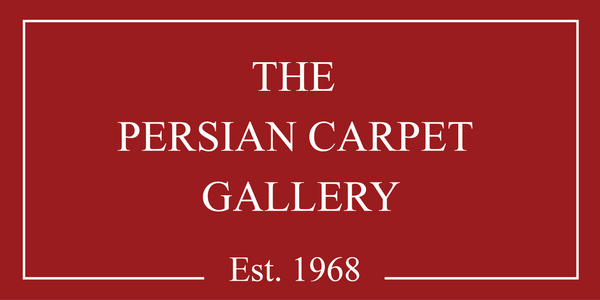The Art of Dyes in Persian Carpets
The vibrant hues of Persian carpets showcase the skill and artistry of Iranian artisans. Known for their mastery in blending and harmonizing colors, they create rich, warm, and sophisticated shades that endure through time. For centuries, the dyes used were sourced exclusively from nature, including plants and animals. In some traditional villages, this age-old practice continues, preserving the legacy of natural dyeing.
Natural Dyes: A Timeless Tradition
Madder root, abundant in Iran, produces the rich reds that dominate Persian rug dyeing. Cochineal, an imported dye, also contributes to this red palette. Yellow shades come from saffron, turmeric, and vine leaves, while indigo provides the blue tones. Walnut husks yield earthy browns, and barley offers soft beige hues.
Through expert blending and application, Iranian craftsmen craft a stunning range of colors, enhanced by the natural shades of wool.
Traditional Dyeing Techniques
To create blue, indigo is mixed with pomegranate skin and alum, heated in water. Wool is dyed, cooled, and dried to produce a luminous result. Yellow is achieved with saffron, turmeric, and sun-dried vine leaves, stabilized with alum before dyeing. Green is created by mixing yellow and blue or using buckthorn for a distinctive "Chinese green."
For red, madder root undergoes a meticulous process: drying, grinding, and extracting alizarin, then combining it with alum to create vibrant shades. Younger plants yield coppery reds, while older plants produce bluish-red tones.
Persian artisans once used a unique yarn-dyeing technique, immersing individual strands in dye, then air-drying them. This method created varying tones and a natural sheen, visible in the vibrant, reflective quality of antique rugs.
The Shift to Synthetic Dyes
By 1870, synthetic dyes were introduced, initially resisted due to their dull appearance. Shah Nasir ad-Din and his successor Muzaffar ad-Din took measures to limit their use, even destroying stocks of aniline dyes. Despite this, synthetic dyes gradually became accepted due to their lower cost, ease of use, and wider color range.
Today, synthetic dyes have improved, offering consistency and quality. While many artisans now use them, the beauty and depth of natural dyes remain a defining characteristic of traditional Persian carpet artistry.
The story of Persian rug dyes is not just about color; it’s a celebration of a centuries-old tradition of craftsmanship, creativity, and reverence for nature. Each color tells a story of heritage and the enduring allure of Persian carpets.
